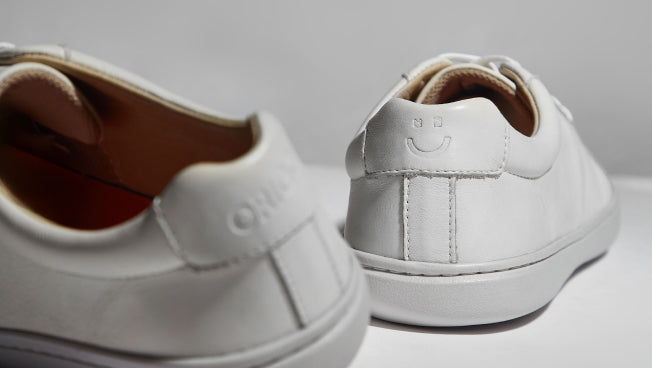
Barefoot shoes are becoming increasingly popular among athletes and hikers for their reported benefits. They are designed to provide maximum flexibility, allowing the feet to move naturally and without restriction. While they lack the reinforced foot support from traditional running shoes, barefoot-type footwear will enable people to engage more muscles and improve their balance while running, walking or exercising.
However, are barefoot shoes good for your feet?
This article will answer the most common questions associated with barefoot shoes and discuss their potential risks. In addition, we will provide beginner tips on how to safely transition to barefoot shoes and get the most out of the experience.
What's the Difference Between Barefoot Shoes vs. Traditional Running Footwear?
Barefoot shoes and traditional running shoes have been debated for years, with some athletes swearing by one over the other.
Barefoot shoes are designed to fit the foot like a glove, providing a snug fit with minimal cushioning. This allows the foot to move more naturally, providing a more natural stride. On the other hand, traditional running shoes offer more support, which can help reduce the impact on the feet and legs during running.
Both types of footwear have pros and cons, so it boils down to individual preference. Barefoot shoes are ideal for those who want to strengthen their feet and ankles while enjoying a natural running style. Conversely, traditional running shoes provide cushioning that can help protect your feet from hard surfaces or uneven terrain.

Are Barefoot Shoes Healthy for the Feet?
Barefoot shoes mimic the natural movement of the foot, which means they can help strengthen the muscles in the lower legs, reduce strain on the joints and improve overall balance. Additionally, barefoot shoes are often more lightweight and flexible than their traditional counterparts, allowing for a better range of motion and less restriction on the feet. This can help to reduce the risk of injury and the development of foot conditions like bunions. Finally, barefoot shoes can help improve proprioception (awareness of where the body is in space), boosting coordination and agility.
So, are barefoot shoes healthy for the feet? Yes, they are, and that's why many people choose to wear them to help improve their overall foot health.

Are Barefoot Shoes Good for Kids?
Aside from athletes, more and more parents are becoming interested in purchasing barefoot shoes for their kids since they allow children to experience the natural benefits of unrestricted feet. However, are barefoot shoes suitable for the young?
It is widely acknowledged in the shoe industry that cardboard and plastic stiffeners are added to footwear to prevent them from deforming over time. However, this process also impedes natural foot mobility, particularly detrimental for constantly active children. Wearing restrictive, traditional running footwear significantly reduces flexibility and can hinder the development of children's motor skills. Therefore, kids benefit greatly from wearing barefoot shoes since it avoids loss of mobility. As a result, children have better control of their foot position while playing, allowing them to experience unrestricted and appropriate movements.
What Are the Potential Risks of Wearing Barefoot Shoes?
Despite their benefits, it is still essential to be aware of the risks associated with barefoot shoes, which can include increased risk of injury, decreased stability and leg fatigue.
Beginners should know that transitioning to barefoot shoes is a gradual process. Here are some valuable tips:
-
Measure Your Feet: If you want to buy barefoot shoes, it is wise to start with no preconceived notion of what size you need. While most people buy the same shoe size for years, feet size can still change over time. Therefore, it's highly recommended to measure your feet before shopping.
-
Examine Your Gait: The modern cushioned shoe design can often alter our natural gait. The good news is it's possible to relearn the correct way to walk with proper barefoot shoes. The heel should initially come into contact with the ground, and the full weight should only be applied when the entire foot is on the ground.
- Take Your Time: When transitioning to barefoot shoes, it is essential to start slowly to avoid injury. Start by wearing the shoes for short periods. Then, gradually increase the duration of wear until you are comfortable wearing them for hours. The use of flat insoles with texture are great for beginners.
Browse Barefoot Shoes at Origo
Knowing the answer to “are barefoot shoes good for your feet” is the first step in improving foot health and relearning your natural gait. If you are looking for your perfect pair, browse through Origo's wide selection of comfortable and sustainable barefoot shoes. With so many styles and colors available, there's sure to be something for everyone.
Show now!






